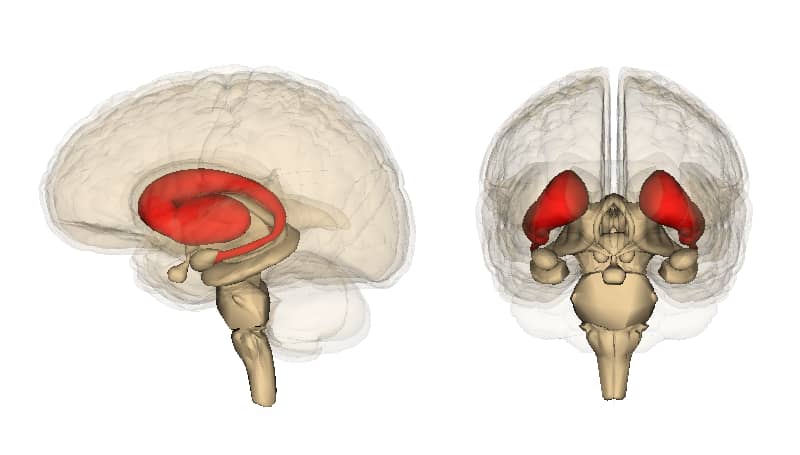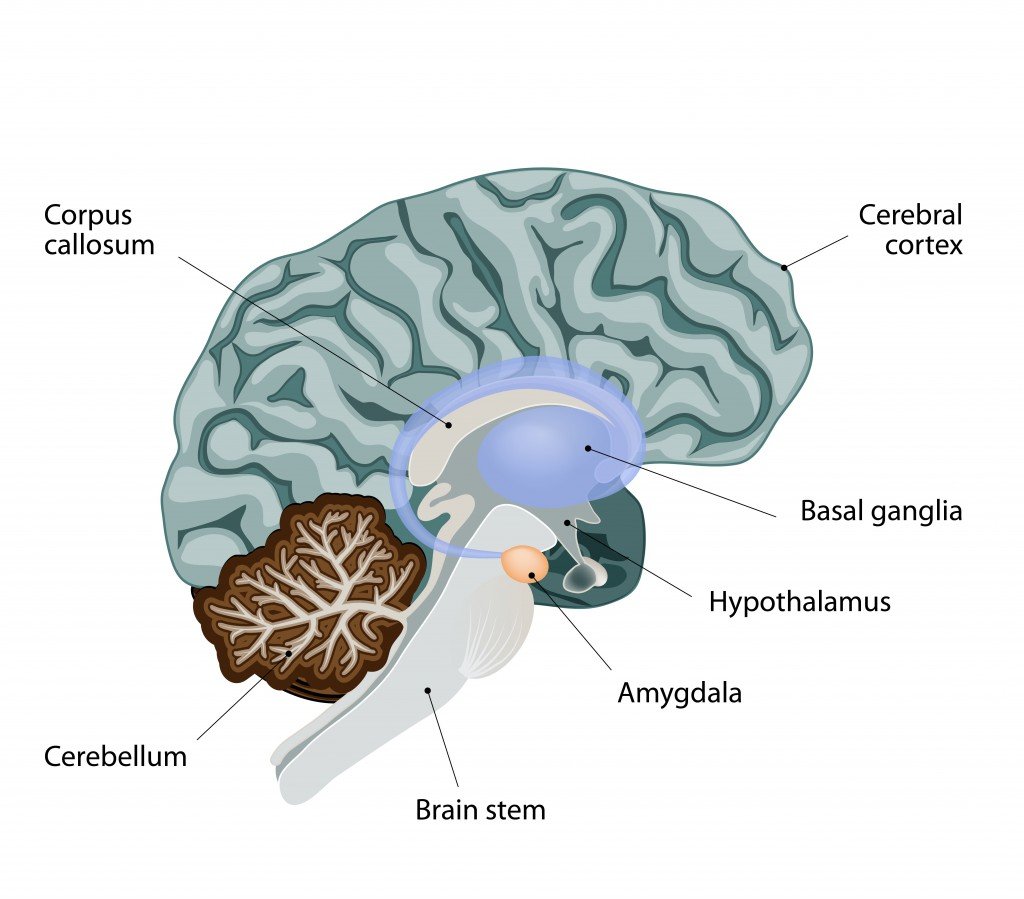Table of Contents (click to expand)
There are a few theories as to why we get goosebumps when listening to beautiful pieces of music. One theory is that it is due to the release of dopamine in the striatum, which is a critical part of the brain that regulates reinforcement, motivation, decision-making and reward perception. Another theory is that it is because of the activation of the amygdala, which is responsible for processing emotions.
A friend of mine told me that whenever she listens to the instrumental music from the movie Titanic, she gets goosebumps. In everyday language, we refer to this as ‘getting the chills’. It’s that shivering, tingling sensation that you get all over your body when you listen to a particularly moving tune that builds gradually to a soulful high note, or see a terrific acting performance on stage, or observe an out-of-this-world piece of art.

People feel ‘the chills’ when they are exposed to particular kinds of music, but why does it happen?
Why Does Listening To A Very Beautiful Voice/song Gives You Goosebumps?
Short answer: Researchers don’t know the exact reason behind this strange, yet measurable bodily experience, but it’s believed that music, particularly a very melodious piece, can sometimes cause dopamine (a neurotransmitter that helps control the brain’s pleasure and reward centers) to flood the part of the brain that’s motivated by reward, motivation and addiction. This sudden rush of that emotion-regulating chemical in response to a specific kind of music makes one feel the ‘chills’.
While more than half the human population experiences such sensations, most people don’t know much, or in fact, anything about it. With that in mind, we’ll first take a brief look at what these ‘chills’ are all about, so let’s start with their name… as in, their real name.

Also Read: Why Are Hit Songs So Enjoyable?
Frisson
As it turns out, the physical sensation that we experience when we listen to an outstanding symphony or see an extraordinary piece of art does have a proper name. It’s called frisson.
Frisson is a sensation not much different from shivering from a purely physiological standpoint, only it occurs due to stimuli other than cold temperatures. Some of the most common stimuli that trigger frisson include certain kinds of music, a piece of art (like a painting or a movie scene) or witnessing something that invokes a particularly strong emotional response (like fear, sadness etc.) in an individual.

The most noticeable effect of frisson is piloerection (goosebumps), along with a strong, overwhelming emotional response. Although people respond differently to various kinds of music, shivering, dilation of the pupils, and flexion of the skin on the lower back (sometimes accompanied with an increase in body temperature) are the most commonly observed responses in a ‘frissoner’. (Source)
Frisson does not usually last more than a 4-5 seconds, and it is highly pleasurable. Also, it’s typically involuntary, so an individual cannot control it on purpose.

Note that whether a piece of music can trigger frisson in an individual totally depends on the listener, because the way a person associates with such abstract stimuli is impacted by many psychological factors and personal preferences and memories, which are unique to the person in question.
Also Read: Why Do We Get Goosebumps When We’re Cold?
What Goes On Inside The Brain When We Get Goosebumps?
It has been experimentally observed that certain music/art pieces trigger a reward pathway in the human brain that results in a release of dopamine in the striatum – a critical part of the brain that regulates numerous aspects of an individual’s cognitive abilities, including reinforcement, motivation, decision-making and reward perception.

It’s this spike in dopamine levels that invokes that overwhelming, pleasurable sensation when you listen to music.
Interestingly, dopamine levels can start rising a few seconds before the ‘special moment’ of the song, because the brain predicts that the moment is about to come and releases dopamine in response. When you finally hear that special part of the song, the striatum experiences a peak of dopamine levels and voila! You get goosebumps!

Another noteworthy aspect of ‘the chills” phenomenon is that sad, morose music trigger goosebumps more often than happy, upbeat pieces.

In fact, according to a study published in 2013, listening to sad songs/music might actually evoke strong positive emotions! “Music that is perceived as sad actually induces romantic emotion as well as sad emotion. And people, regardless of their musical training, experience this ambivalent emotion to listen to the sad music.” said the authors of the study. This may be a reason why people like to hear sad songs when they are sad – because unlike sadness in daily life, sadness experienced through art may actually feel pleasant, possibly because the latter does not pose any threat to our safety.
There’s another hypothesis proposing that the amygdala in the brain (where emotions are perceived and processed) is responsible for the chills.

It claims that listening to a sad, suspenseful or sombre piece of music may activate a fear response in the amygdala, which then triggers goosebumps. Once the brain ensures that there is no imminent danger, the fear subsides, leaving the shivering and the tingling sensation behind!
Also Read: How Do We Recognize Emotions In Music?
How well do you understand the article above!

References (click to expand)
- Frisson - Wikipedia. Wikipedia
- Striatum - Wikipedia. Wikipedia
- Salimpoor, V. N., Benovoy, M., Larcher, K., Dagher, A., & Zatorre, R. J. (2011, January 9). Anatomically distinct dopamine release during anticipation and experience of peak emotion to music. Nature Neuroscience. Springer Science and Business Media LLC.
